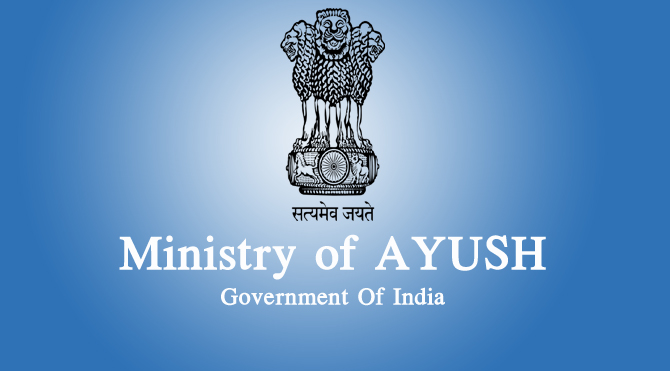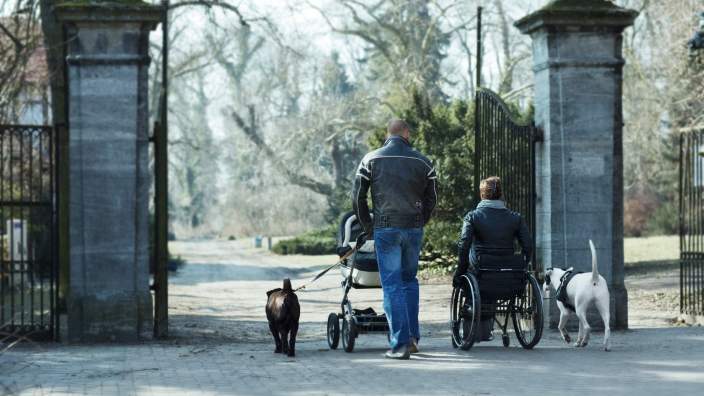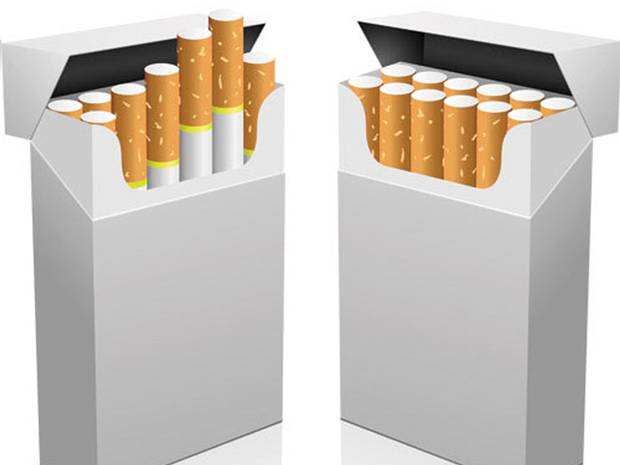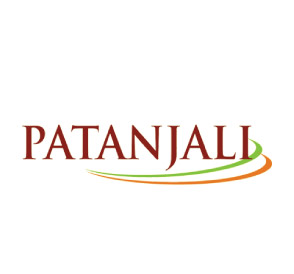

Dr Sushma Bhatnagar,
Professor and Head, Unit of Anesthesiology, All India Institute of Medical
Sciences (AIIMS)
Recognizing the need for, a full-fledged pain and palliative care programme, it was started at Dr BRA Institute Rotary Cancer Hospital (IRCH), AIIMS. Dr Sushma Bhatnagar, Professor and Head, Unit of Anesthesiology, All India Institute of Medical Sciences (AIIMS), in conversation with Ekta Srivastava, ENN, talks about the need for palliative care for cancer patients

What is the need for pain and palliative care in India?
There is an urgent need for pain and palliative care in India. In our country, the worst part is that the patients come during the advanced stage of the disease which is quite painful for the patients. Most of the time, the pain management is either inadequate or is not treated at all. Patients feel that pain and cancer are synonymous, may be because of the inadequate knowledge of the physicians and among the medical professionals. In India, less than one percent of cancer patients get pain therapy. Most patients die in severe pain. It has a huge demand considering the need of the terminally ill patients. We have to address it aggressively.
What is the supply and demand situation across the country?
There is a big community of pain physicians. There are sufficient numbers of pain physicians in India but most of them are concentrating on the interventional pain management. As a matter of fact, not all cancer patients can be treated with interventional pain management because patients can benefit from it only when the pain is localised. However, if the pain is diffused over the entire body, as it happens in metastatic cancer patients, then the interventional pain management is unproductive. It has been my observation that very few pain physicians are treating patients holistically. Not only does the pain have physical aspects, but it also has social, psychological, and spiritual aspects. Therefore, we have to treat the patients holistically. At present, there are pain physicians who ignore holistic treatment of total pain. They do not give emphasis on oral opiates like oral morphine which is the mainstay of cancer pain management. Perhaps because of non-availability or misconception about oral morphine, they dont treat pain adequately.
How is the system planning to meet the demand?
Indian Association of Palliative Care is working hard to spread this message amongst the various part of the country by doing annual conferences. Simultaneously, we conduct Palliative Care Course twice in a year in many cancer centers all over the country. We have a fixed curriculum for that course. We conduct this course in almost 30 to 40 centers all over the country. Also, we have Diploma and Fellowship programmes in the country. In 2012, MCI recognized MD in Palliative Medicine and also planning to include this in undergraduate and postgraduate teaching curriculum. Besides that the government of India recognized and incorporated the palliative care as an integral part of medical care of the patient and included this in the 12th Five Year Plan.

Is government engaging the NGOs as well?
NGOs have a big role to play too. It is not just the doctors job. In palliative medicine, there is a lot of nursing involvement. In India home care is the best answer of increasing demand which can be taken care by NGOs and volunteer groups. Volunteers can help in giving counseling. In our course curriculum, NGOs role have been emphasized.
Tell us something about the WHOs Pain Ladder.
WHOs Pain Ladder of 1986 was basically a simple protocol giving directions on how to go about in cancer pain management. In this ladder, there are three steps. If a patients pain is mild, there are fixed group of drugs, if the pain is moderate, there are mild opiates and if the pain is severe, then we give strong opiates. In every steps role of adjuvant drugs and adjuvant analgesic have been emphasized. If the patients pain cannot be controlled, we do some intervention. In all the steps, importance is given to counseling and communication. The principle of WHOs pain ladder is that medication should be given by mouth, by the clock, by the ladder, for the individual and attention to detail. This therapy is key to managing pain in the majority of patients with cancer.
What about the implementation of the WHO plan? What is the scenario of palliative care in India?
It is already implemented worldwide. In India, people who are aware of it are using it and geting benefit from it. At Dr BRAIRCH we adopt a holistic approach. We give total care to the patients. We keep balancing between interventional therapies and opioids. If the patients pain is localized, we give interventional therapy However, in case we have to give oral medication, then we are also working on treating side-effects aggressively like constipation, nausea and others. We keep on explaining the side-effects of the drugs and its treatment to the patients.
The main difference from India to west is that With less number of doctors and nurses, we are treating more number of patients
Are we using it for treating diseases other than cancer and HIV?
Palliative care is not only for cancer and HIV, but its principles can be incorporated in the treatment of chronic and incurable diseases like heart failure, liver failure, renal failure, stroke patients and patients with multiple sclerosis. These patients also need complete care and psychological support. They too need long-term care. This is the only branch of the medicine which offers patient and family-centered care. Patients suffering from chronic diseases are not the only ones suffering but also their family members. In our course curriculum it is mentioned that palliative care principle should be incorporated in the treatment of all the incurable disease and it should start from the diagnosis of the disease.
How is palliative care in India different from the international standards?
Well, principles of treatment almost remains the same. We are developing in area of palliative medicine and have come a long way. In western countries palliative medicine is well developed and its part of the teaching curriculum with well established courses. In India lots of myths and misconception exist about palliative care and opioids medication for pain relief which we have to improve by awareness programs.
Be a part of Elets Collaborative Initiatives. Join Us for Upcoming Events and explore business opportunities. Like us on Facebook , connect with us on LinkedIn and follow us on Twitter , Instagram.












